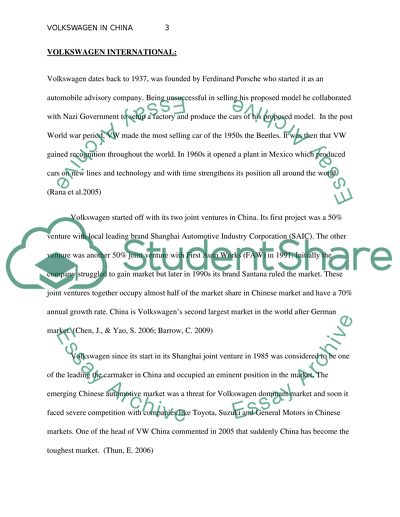Cite this document
(“Volkswagen in China Research Paper Example | Topics and Well Written Essays - 4000 words”, n.d.)
Retrieved from https://studentshare.org/marketing/1395111-volkswagen-in-china
Retrieved from https://studentshare.org/marketing/1395111-volkswagen-in-china
(Volkswagen in China Research Paper Example | Topics and Well Written Essays - 4000 Words)
https://studentshare.org/marketing/1395111-volkswagen-in-china.
https://studentshare.org/marketing/1395111-volkswagen-in-china.
“Volkswagen in China Research Paper Example | Topics and Well Written Essays - 4000 Words”, n.d. https://studentshare.org/marketing/1395111-volkswagen-in-china.


